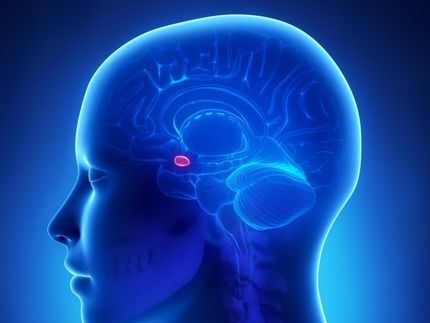New insights into the neural basis of anxiety
Researchers identify a neural circuit that makes mice perceive ambiguous situations as threatening
Advertisement
People who suffer from anxiety tend to interpret ambiguous situations, situations that could potentially be dangerous but not necessarily so, as threatening. Researchers from the Mouse biology Unit of the European molecular biology Laboratory [EMBL] in Italy have now uncovered the neural basis for such anxiety behaviour in mice. Tthey report that a receptor for the messenger serotonin and a neural circuit involving a brain region called the hippocampus play crucial roles in mediating fear responses in ambiguous situations.
A mouse that has learned that a certain cue, for example a tone, is always followed by an electrical shock comes to associate the two and freezes with fear whenever it hears the tone even if the shock is not delivered. But in real life the situation is not always so clear; a stimulus will only sometimes be followed by a threat while other times nothing might happen. Mice show less fear towards such ambiguous cues than to clearly threatening stimuli.
A team of researchers led by Cornelius Gross at the EMBL Mouse Biology Unit now discovered that this response to ambiguous stimuli requires a specific receptor molecule for serotonin, a signal many brain cells use to communicate. Mice that lack the serotonin receptor 1A have problems processing ambiguous stimuli and react to them with full-fledged fear responses. The cause is wrongly connected cells in their brains. Serotonin signalling is very important for brain development and if the receptor 1A is missing, defects arise in the wiring of the brain that affect the behaviour of mice later on in life.
"In humans serotonin signalling has been implicated in disorders including depression and anxiety and like our mice patients suffering from these conditions also overreact to ambiguous situations," Gross says. "The next step was to identify the brain regions that are responsible for such complex fear behaviour and the processing of ambiguous cues."
Using a new technique to switch off neural activity in selective brain cells in living mice, Gross and his colleagues discovered that a specific part of the hippocampus is required for correct processing of ambiguous stimuli.
"Shutting down a specific circuit in the hippocampus abolished fear reactions only to ambiguous cues," says Theodoros Tsetsenis, who carried out the research in Gross' lab. "The pathway must be involved in processing and assessing the value of stimuli. It seems to bias mice to interpret situations as threatening."
Original publication: Tsetsenis, T., Ma, X., LoIacono, L., Beck, S.G. and Gross, C.; "Suppression of conditioned responses to ambiguous cues by pharmacogenetic inhibition of dentate gyrus granule cells"; Nature Neuroscience 2007.


























































